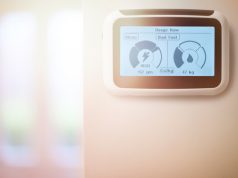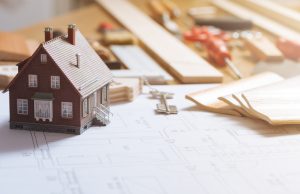In the world of construction and home renovation, moisture resistant plasterboard is a game-changer. This material has revolutionised how builders and homeowners approach projects in damp-prone areas. In this detailed exploration, we will delve into the benefits, applications, and considerations surrounding moisture resistant plasterboard.
Understanding Moisture Resistant Plasterboard
Moisture resistant plasterboard is a specialised type of plasterboard designed to withstand humid conditions and prevent moisture damage. Unlike standard plasterboard, it contains water-repellent additives within its core, which significantly increase its resistance to moisture and dampness.
Key Features of Moisture Resistant Plasterboard
The primary advantage of a moisture resistant plasterboard is its ability to resist water penetration. This quality makes it an ideal choice for areas that are prone to dampness, such as bathrooms, kitchens, and basements. Furthermore, it helps in preventing mould growth, a common issue in moist environments.
Benefits of Moisture Resistant Plasterboard
- Durability in Damp Environments
Moisture resistant plasterboard maintains its integrity in damp conditions, ensuring a longer lifespan for your walls and ceilings.
- Mould and Mildew Resistance
By preventing moisture penetration, it significantly reduces the risk of mould and mildew growth, contributing to a healthier living environment.
- Versatility
It can be used in various settings, from residential to commercial buildings, making it a versatile choice for different construction needs.
- Easy Installation
Moisture resistant plasterboard can be installed just as easily as standard plasterboard, requiring no special tools or techniques.
Applications of Moisture Resistant Plasterboard
- Bathrooms and Kitchens
These areas are particularly susceptible to moisture, making moisture resistant plasterboard an excellent choice for walls and ceilings.
- Basements
Basements often struggle with dampness due to their below-ground location. Moisture resistant plasterboard can help keep these areas dry and mould-free.
- Commercial Spaces
In commercial buildings like restaurants or gyms, where humidity levels can be high, moisture resistant plasterboard offers an effective solution.
Comparing Moisture Resistant Plasterboard with Standard Plasterboard
While standard plasterboard is sufficient for dry areas, it doesn’t offer the same level of protection against moisture as moisture resistant plasterboard. The latter’s water-repellent properties make it a more suitable choice for damp-prone areas.
Installation Tips for Moisture Resistant Plasterboard
- Proper Sealing
Ensure all joints and edges are properly sealed to maximise moisture resistance.
- Use Appropriate Fixtures
When installing, use fixtures that are also moisture resistant to prevent any weak points.
- Ventilation
Ensure good ventilation in the area where moisture resistant plasterboard is installed to aid in moisture management.
Maintenance of Moisture Resistant Plasterboard
Maintenance is relatively straightforward. Regular cleaning and occasional checks for any signs of moisture penetration will suffice to keep it in good condition.
Cost-Effectiveness of Moisture Resistant Plasterboard
While moisture resistant plasterboard may have a higher upfront cost compared to standard plasterboard, it can be more cost-effective in the long run due to its durability and the protection it offers against moisture damage.
Environmental Considerations
It’s important to consider the environmental impact of moisture resistant plasterboard. Most brands offer environmentally friendly options, made with sustainable materials and methods.
Choosing the Right Moisture Resistant Plasterboard
When selecting a moisture resistant plasterboard, consider the specific needs of your project. Factors like the level of humidity, the area of application, and the overall budget should guide your choice.
Latest Trends in Moisture Resistant Plasterboard
The industry is continually innovating, with newer, more efficient types of moisture resistant plasterboards coming onto the market. These advancements offer better protection and are more environmentally friendly.
Moisture resistant plasterboard is an essential material in modern construction, especially in areas prone to dampness. Its ability to resist moisture, prevent mould growth, and maintain structural integrity makes it a wise investment for any construction or renovation project. As we have seen, its applications are diverse, and its benefits are significant, making moisture resistant plasterboard a top choice for builders and homeowners alike. By understanding its features, applications, and installation requirements, you can make an informed decision that ensures the longevity and health of your building.














